Production
Brewers from Hurbanovo have been brewing the Zlatý Bažant beer for you in good faith and with love already for long years. Until the small grains of barley turn into a golden liquid on your table, they must go through a long and difficult journey.
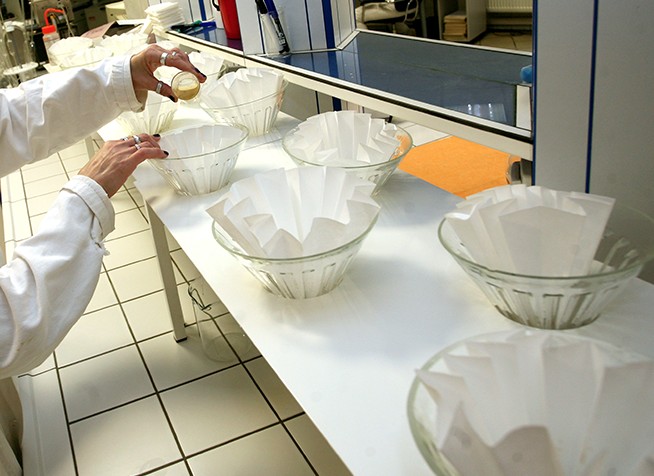
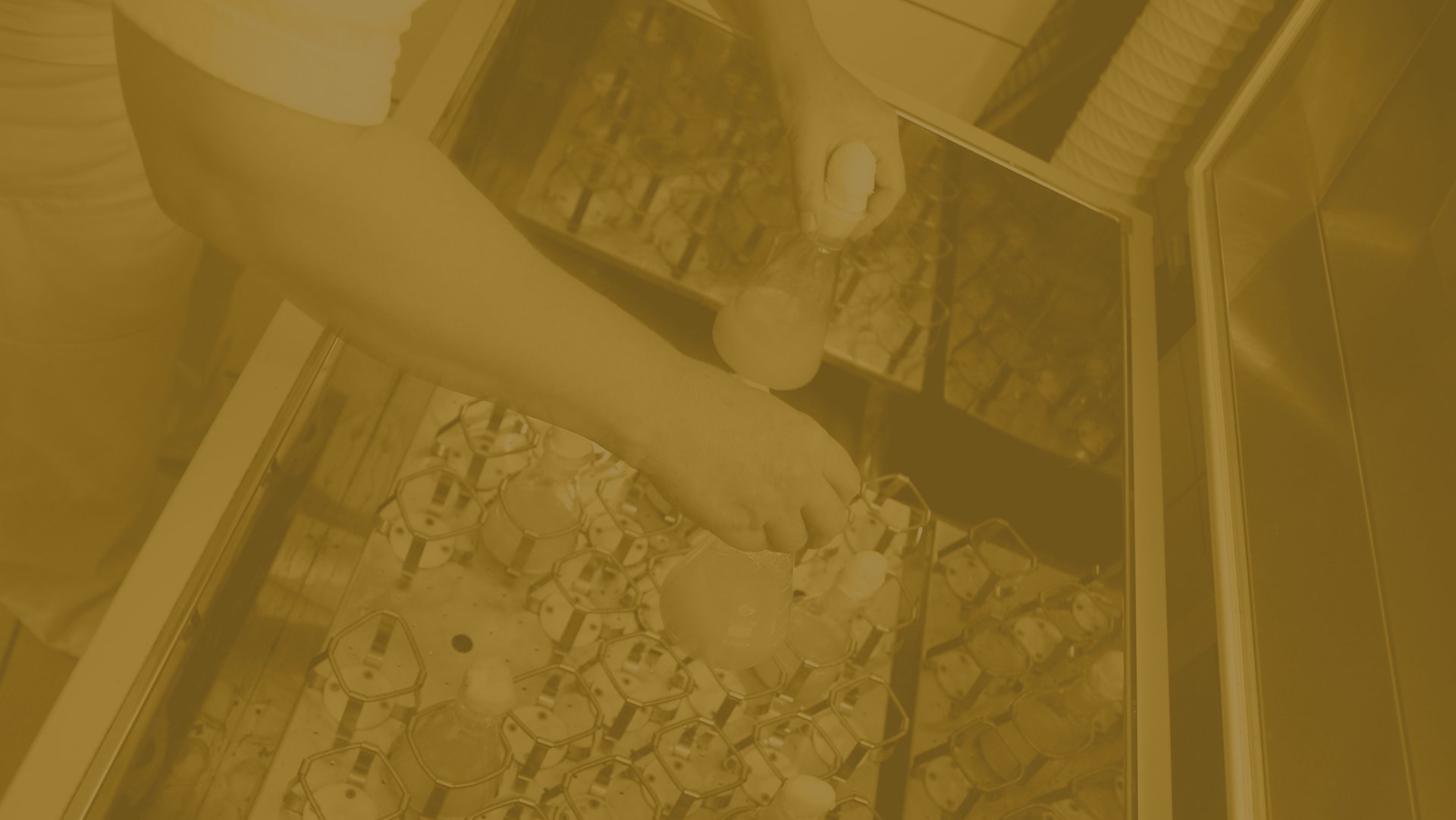
Quality control
Laboratory testing is done through the whole process of malt and beer production. It guarantees the quality of primary commodities, correct procedures and results of individual processes. Finally, also ready beer goes through control.
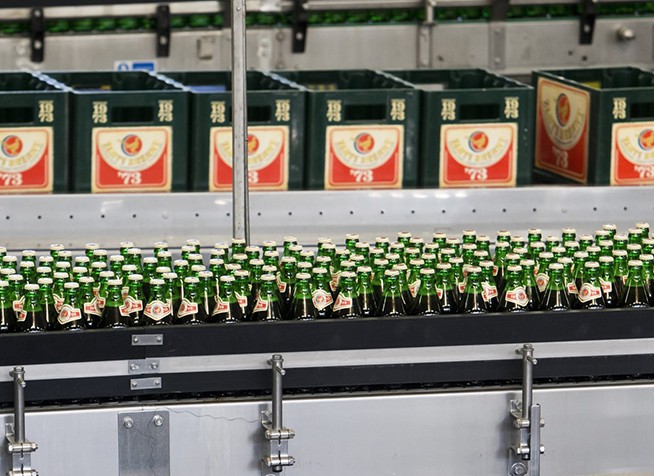

Packaging
A major part of proper filling of bottles, cans and barrels with beer is to avoid escape of carbon dioxide from this golden fluid. After filling, beer goes through pasteurization in order to devitalize yeast that remained in it after filtration. This process takes about one hour and ranges from temperatures the beer had at its filling up to pasteurization temperature of 62 °C.
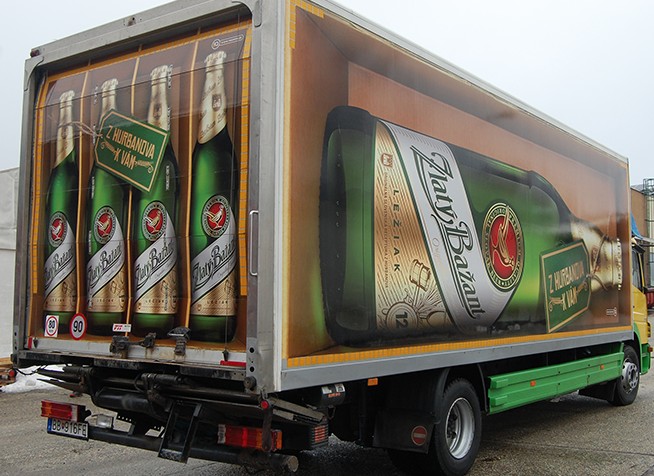
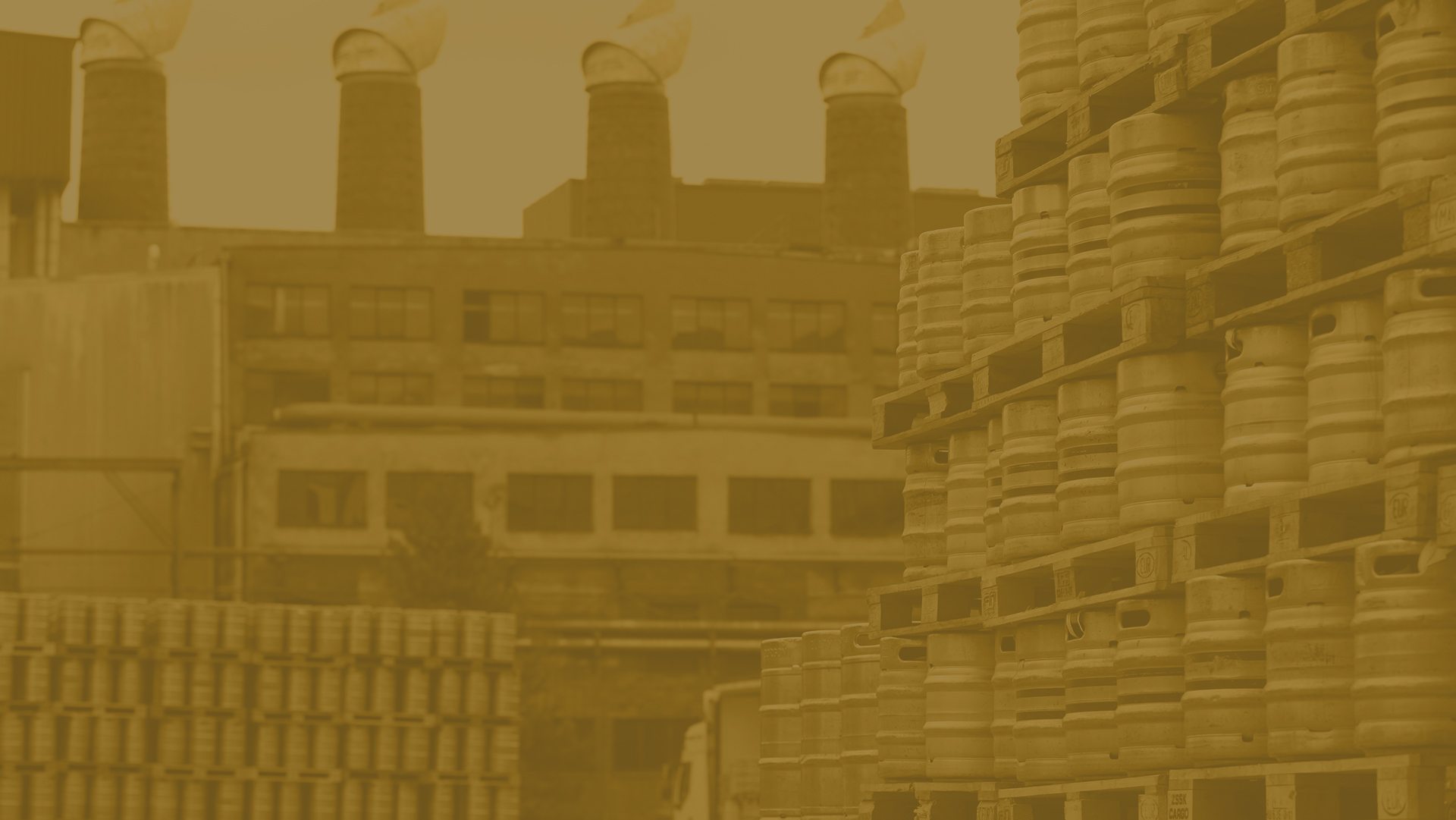
Delivery
Beer produced in Hurbanovo Brewery is delivered into all corners of Slovakia, it is exported into several European countries and countries of the world. As a matter of fact, you can enjoy your favourite Zlatý Bažant beer anywhere. Cheers, Slovakia!
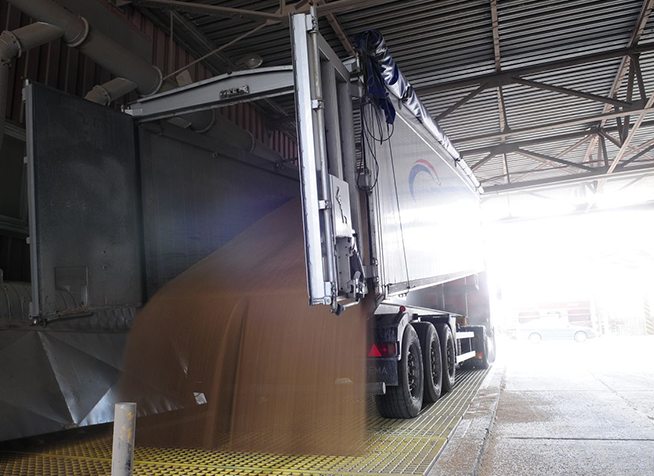

Barley choice
Malt is produced from spring malting barley. 150-200 grams of malt are used for production of one litre of beer, but the amount depends from the sort of beer. Thus, for production of one brew of beer that represents approximately 500 hectolitres, about 10 tons of malt are used.
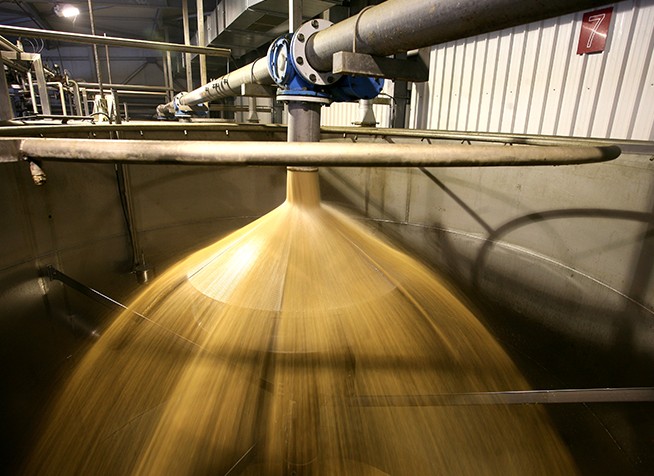
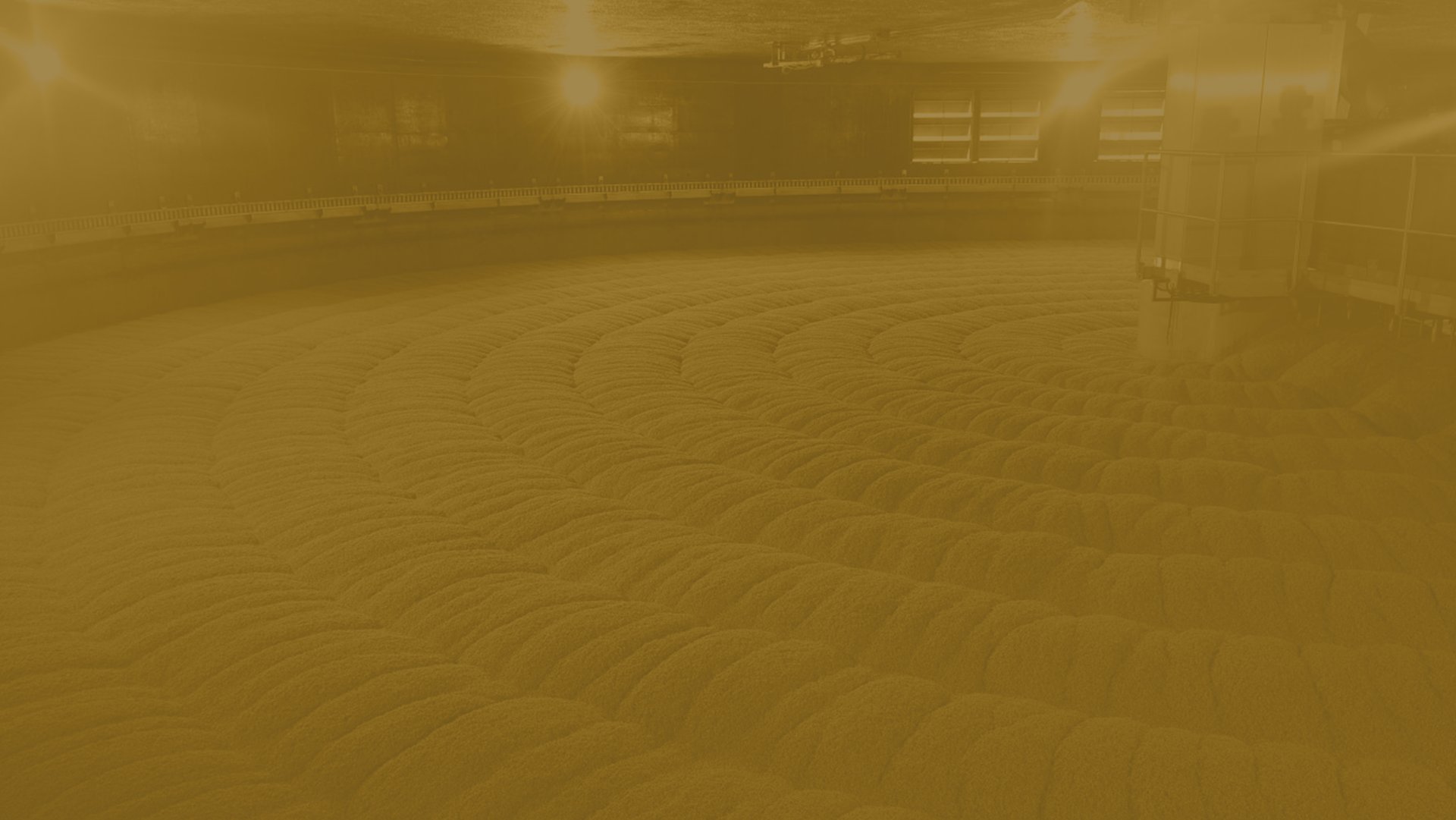
Maceration of barley
Maceration breathes new life into barley, enzymes are activated in the corn and it gradually starts to sprout. During an overnight maceration, the amount of water in barley increases to 44 %.
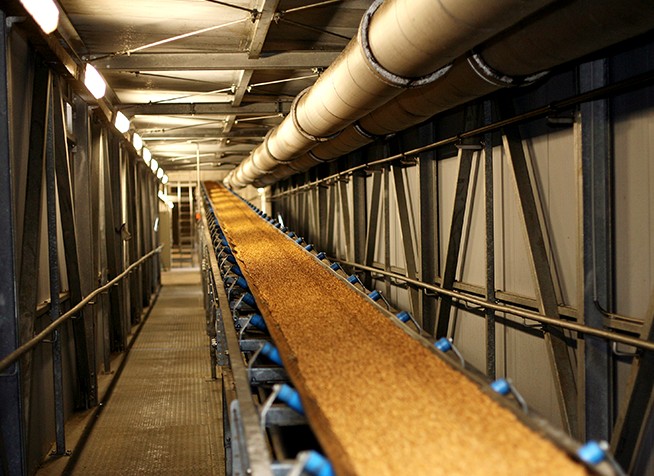
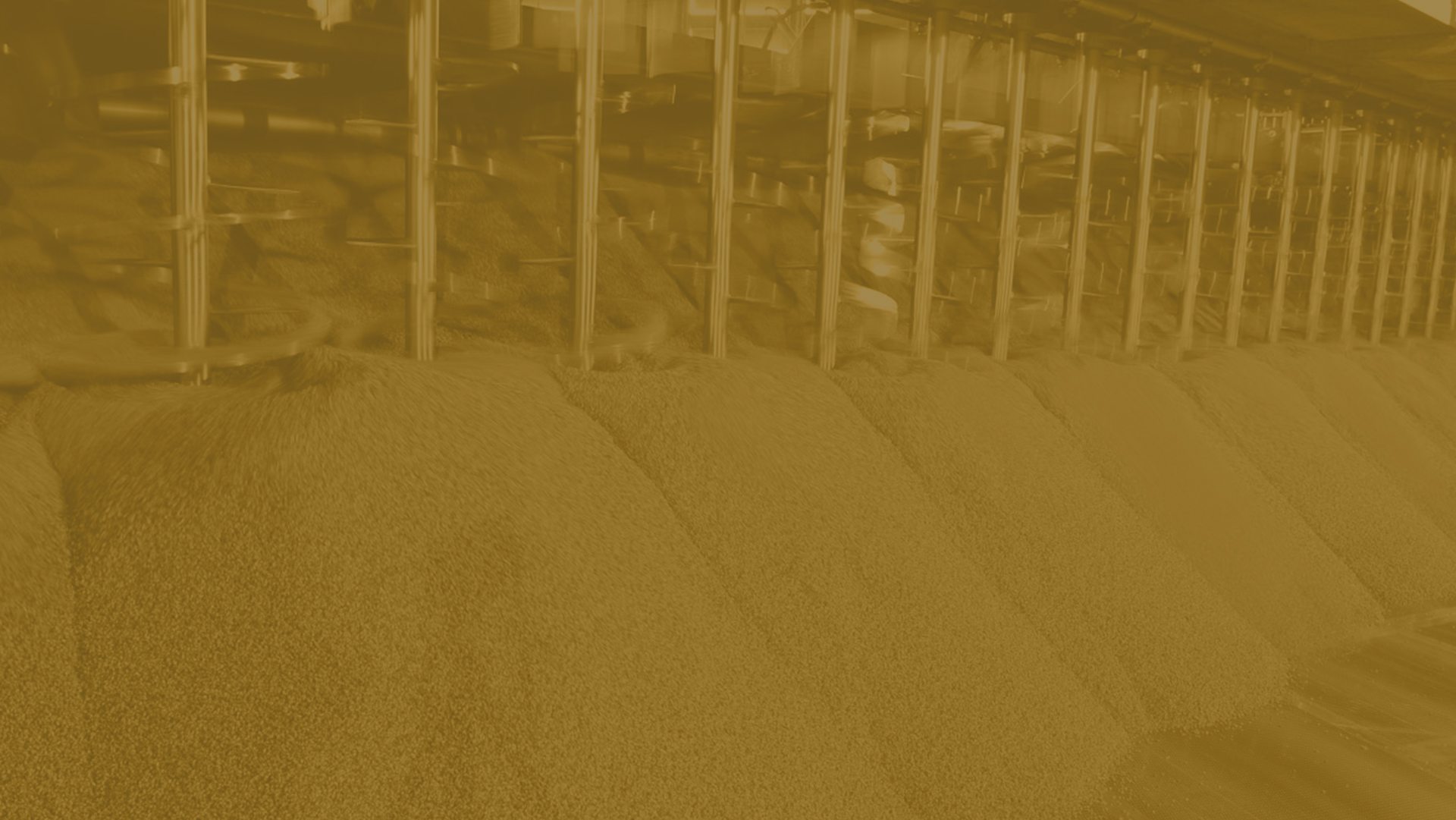
Germination and drying
Germination takes places in saladin boxes or in movable heaps on malting floors. At the process of germination, substances in grain break down to more simple ones and malt enzymes are activated. Germination takes 5 days at the temperature of 15-18 °C. Kilning then cuts off the physiological processes of germination and aromatic substances are produced.
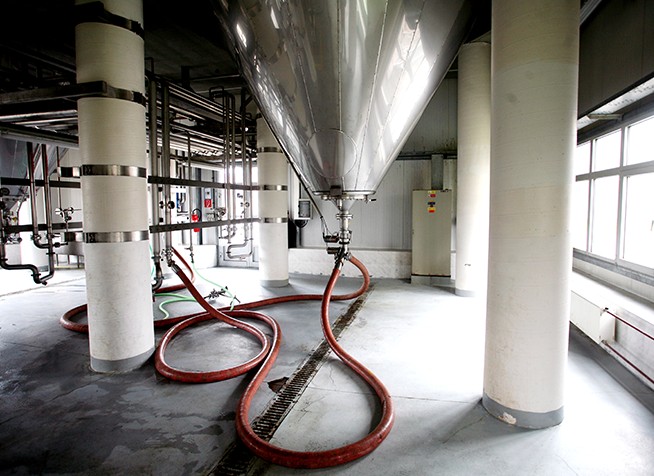
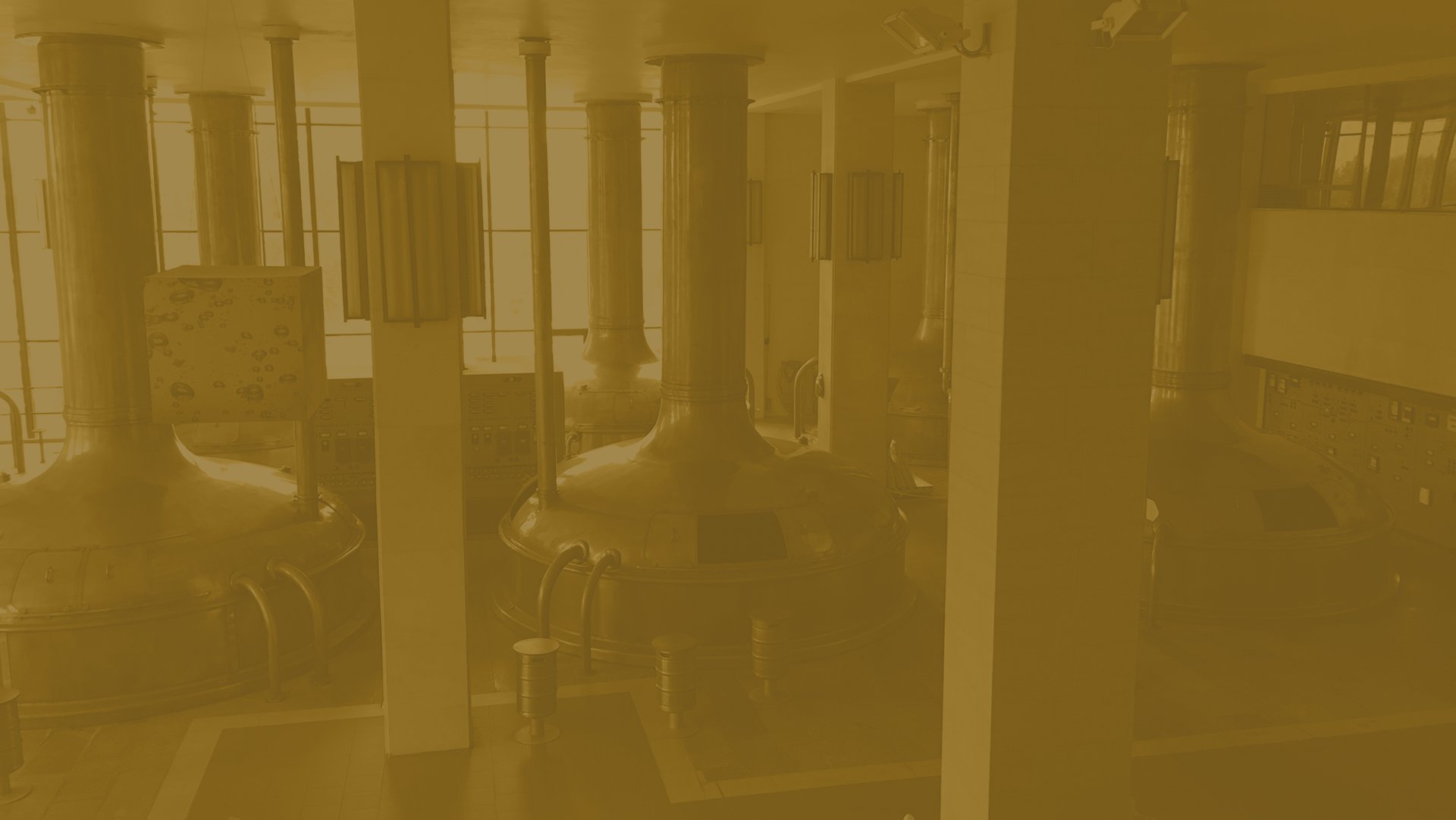
Malt production
Before next handling, malt is spread to rest for some time, so its temperature drops, and its properties are allowed to be modified. Malt is then crushed and mashed in order to achieve easier release of necessary substances that grant beer its character. During the so-called mash conversion, mashed malt – the grist - is mixed with water in a mash tun.
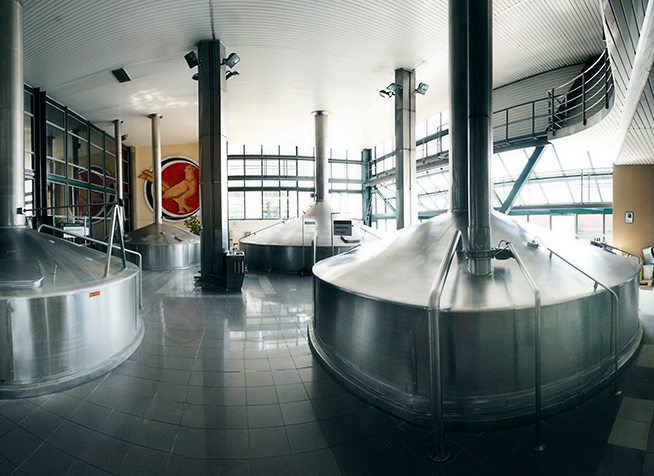
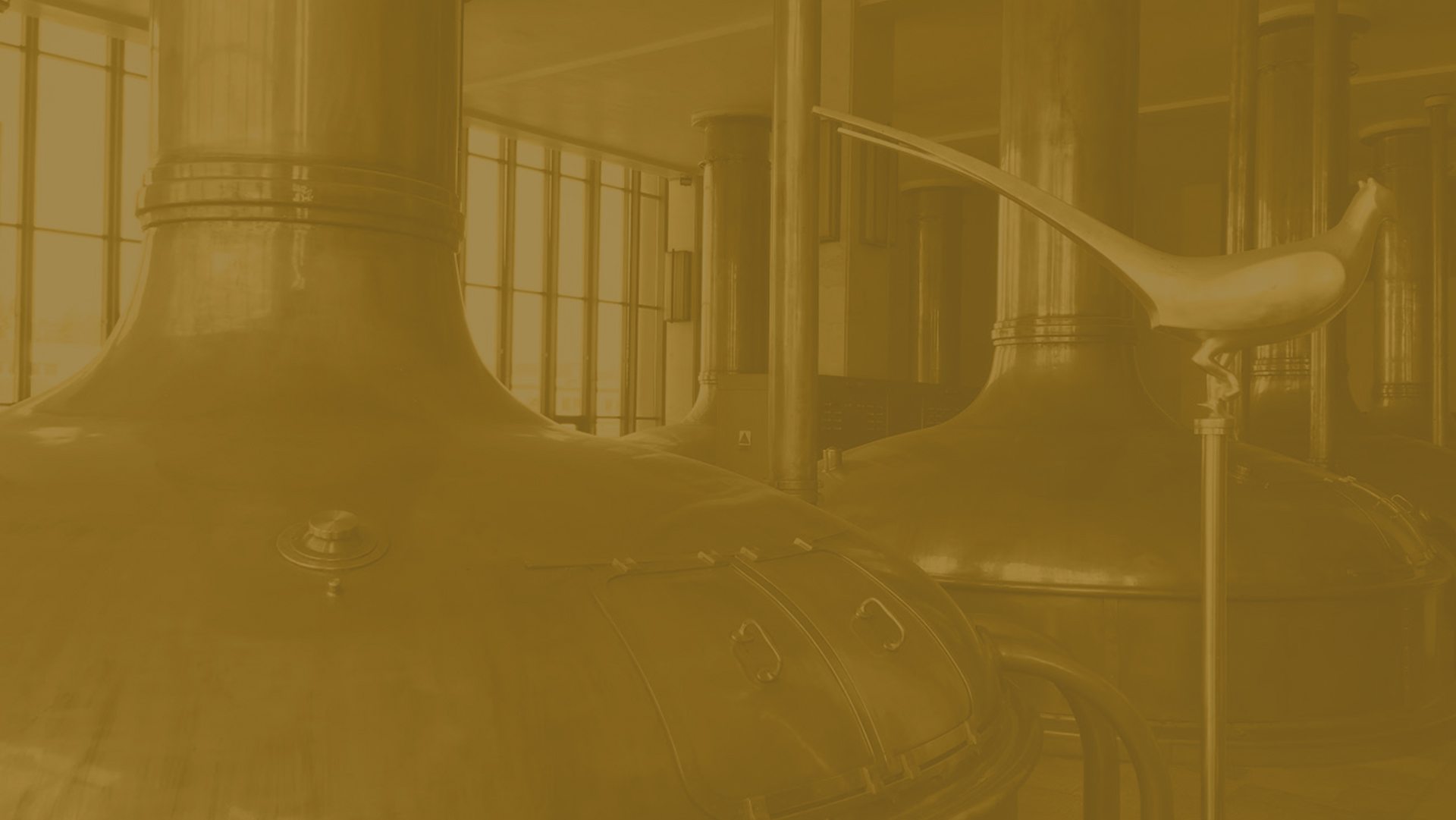
The boil
The mash is transferred to a lautering vessel and boiling takes places in a cauldron-like brew kettle. The process aims precipitation of proteins in the liquid and leads to obtain the desired bitter extract from hops that add the pleasant bitter taste to brewed beer. The wort is transferred into a whirlpool for separation, then it is cooled and aerated.
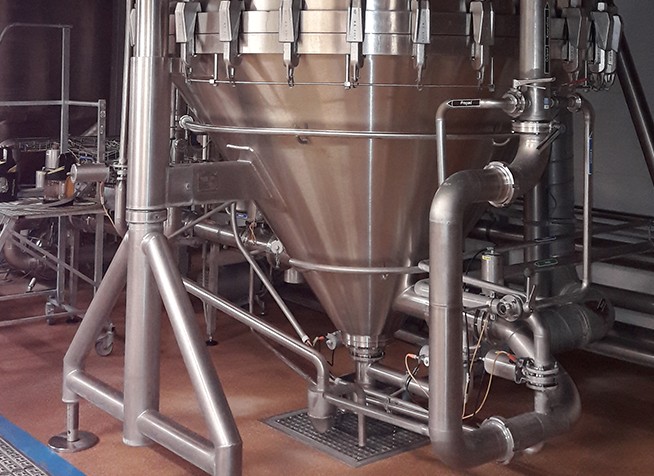
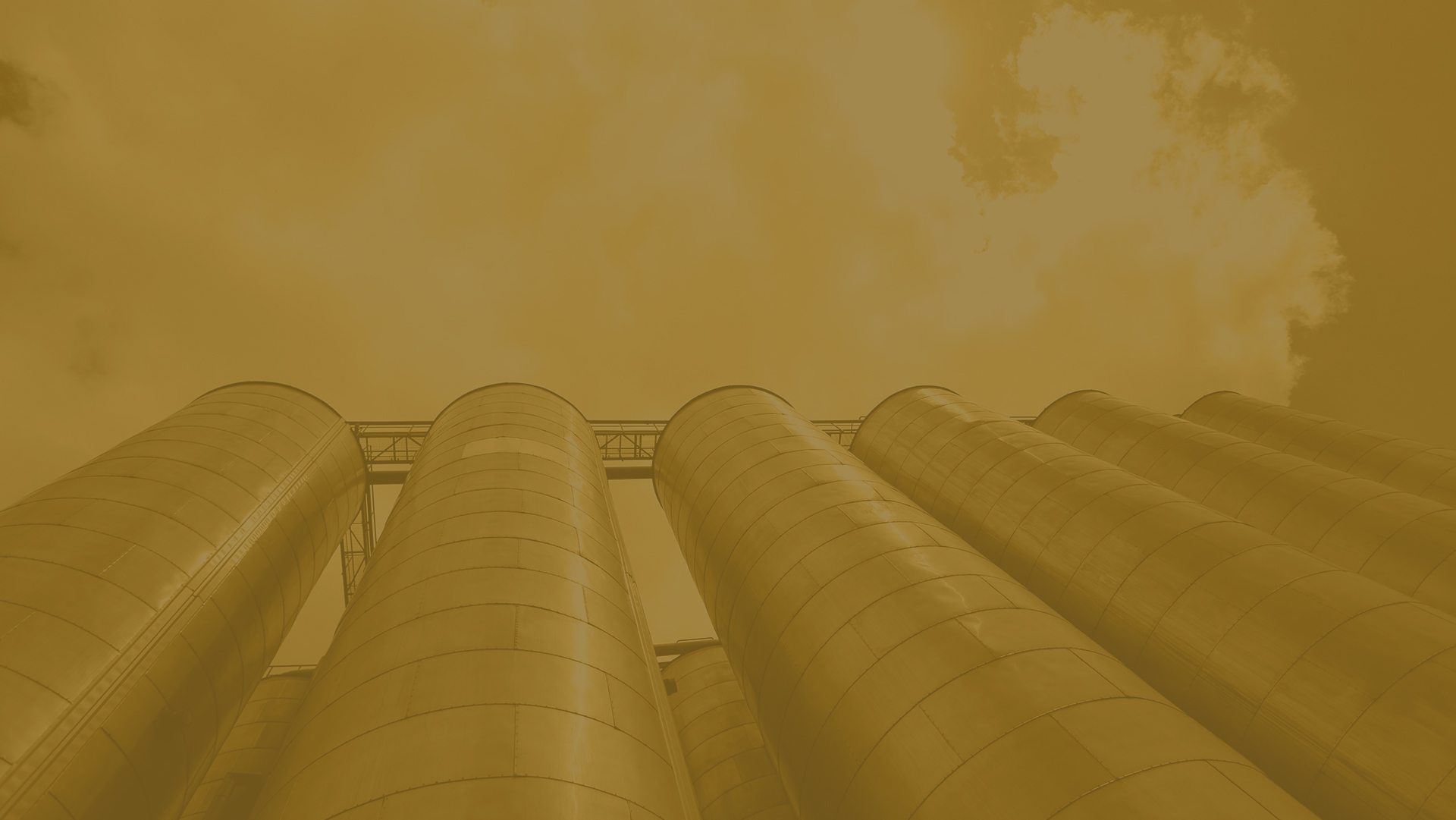
Fermentation
The strength of beer depends from amount of the extract (mass for fermentation process) in the boiled wort. Beer measurement is done at the wort´s temperature of 20 °C. The extract in the vessels transforms to alcohol and carbon dioxide that add strength and freshness to beer.
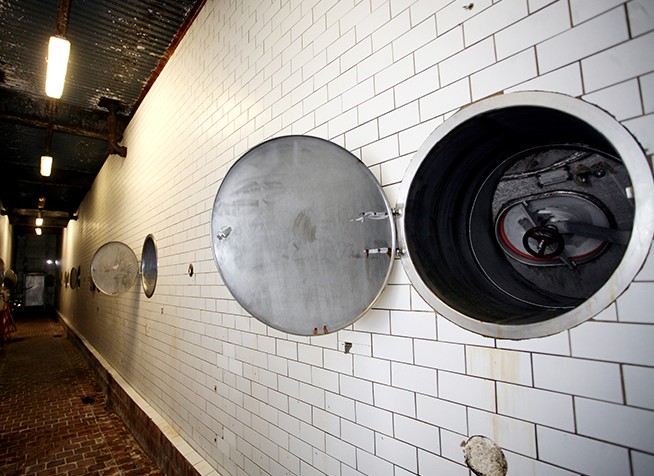
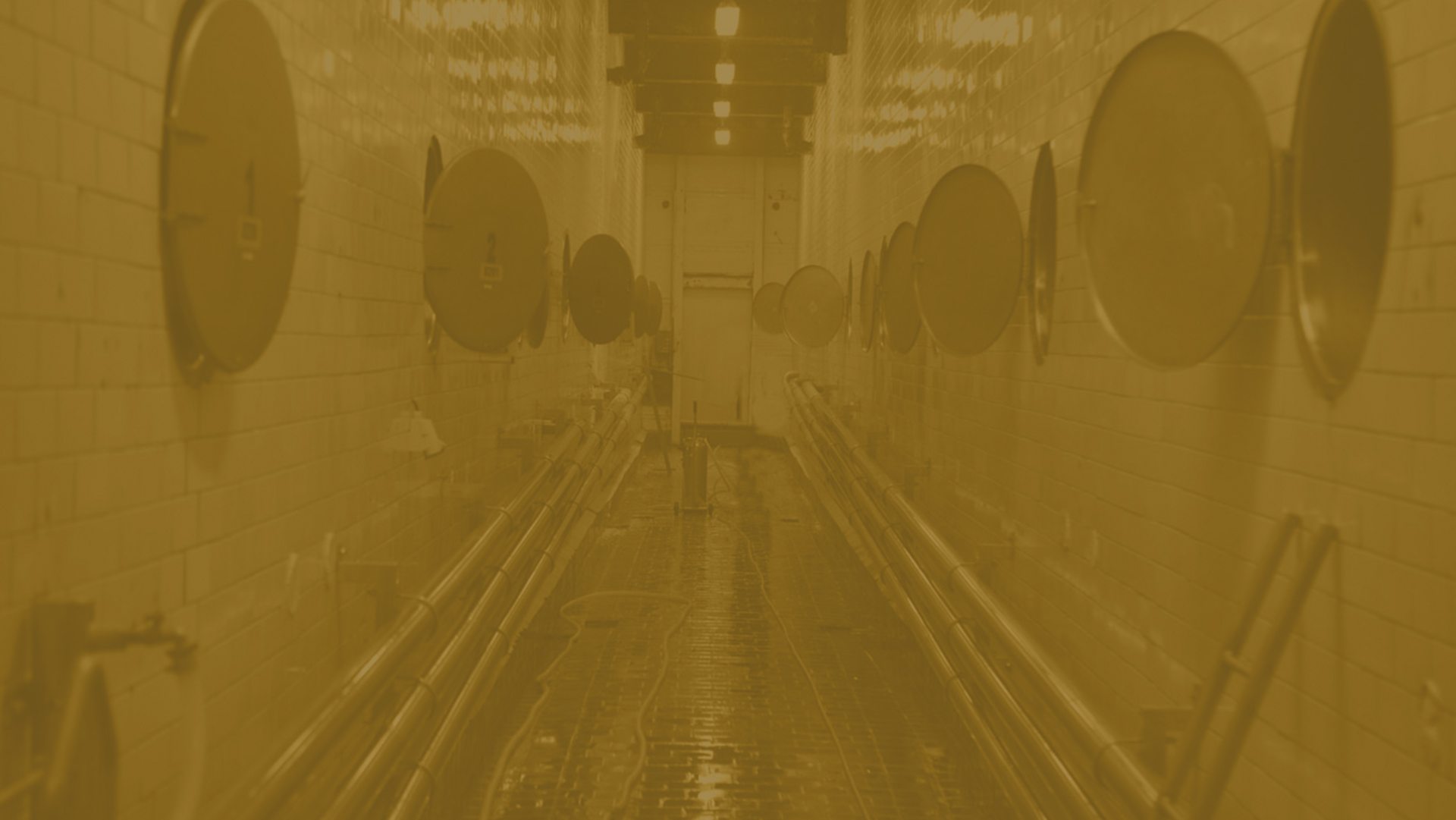
Maturation
Young beer that results from primary fermentation is repumped into separate vessels. In them, at temperature of 1-2 °C slow fermentation and maturation are the next processes. At that time, off-flavours are reduced, hence beer matures.
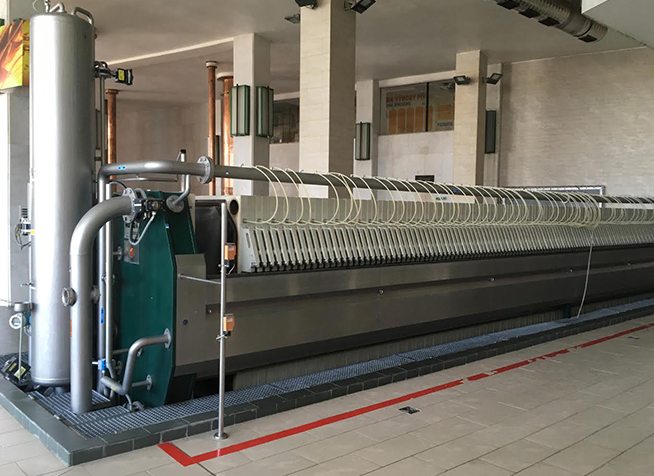
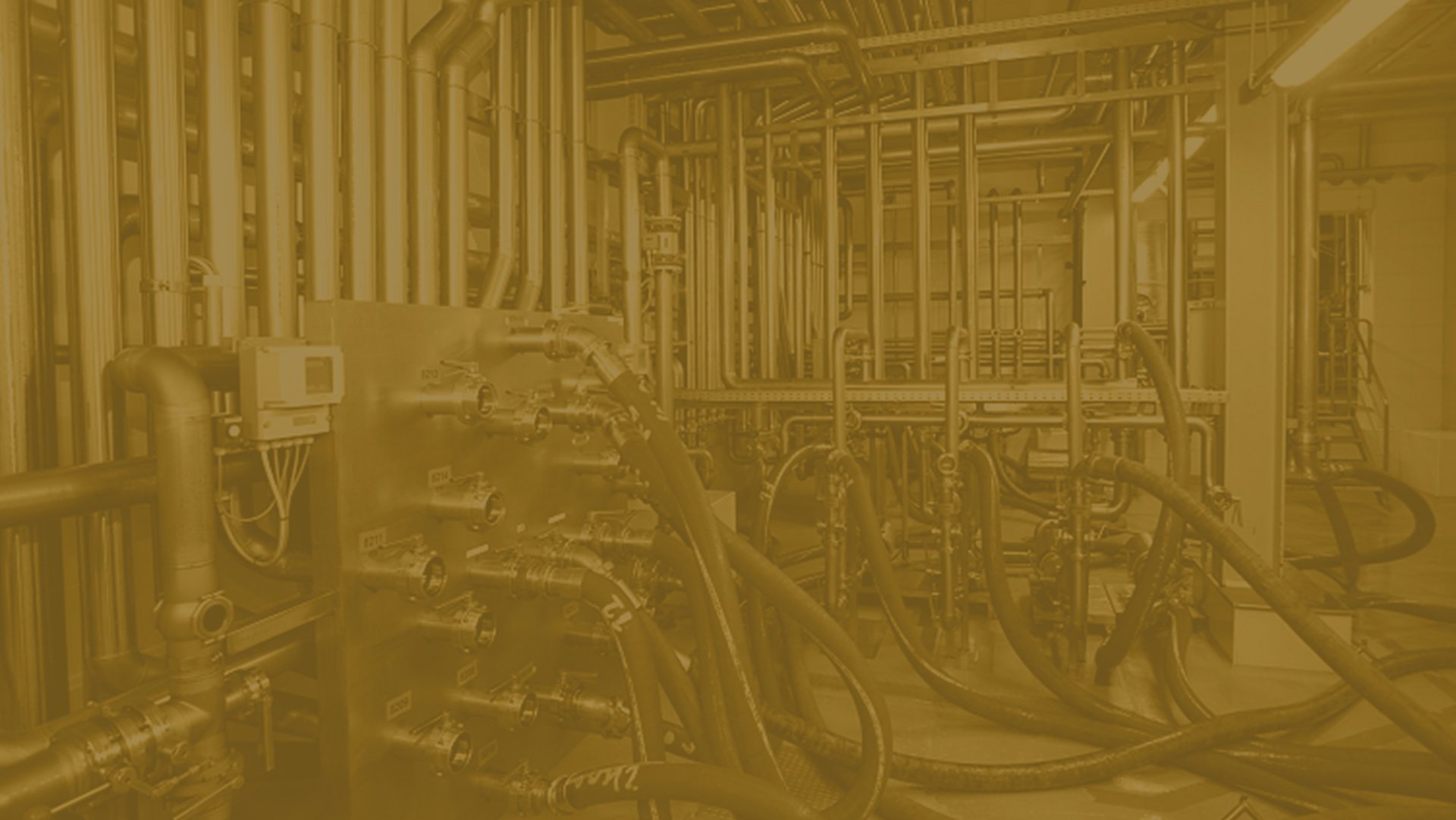
Filtration
In order to achieve the beer´s perfect sparkle, it is necessary to remove sediments caused by proteins, hop substances and yeast by filtration. This process happens by flowing the beer through layers of filter material.
